Boom Cylinder For KYM KY50A
As one of the hydraulic cylinders manufacturers, suppliers, and exporters of mechanical products, We offer hydraulic cylinders and many other products.
Please get in touch with us for details.
Mail:sales@hydraulic-cylinders.net
Manufacturer supplier exporter of hydraulic cylinders.
Boom Cylinder For KYM KY50A
Introduction to Boom Cylinders
A boom cylinder is a type of hydraulic cylinder specifically designed to control the movement of the boom of heavy machinery, such as excavators, backhoes, and front loaders. It enables the boom to lift, lower, and tilt, facilitating various material handling tasks. The boom cylinder plays a crucial role in hydraulic systems, transferring hydraulic fluid pressure into mechanical work. With precision engineering, these cylinders are essential for maximizing the efficiency and performance of heavy equipment.
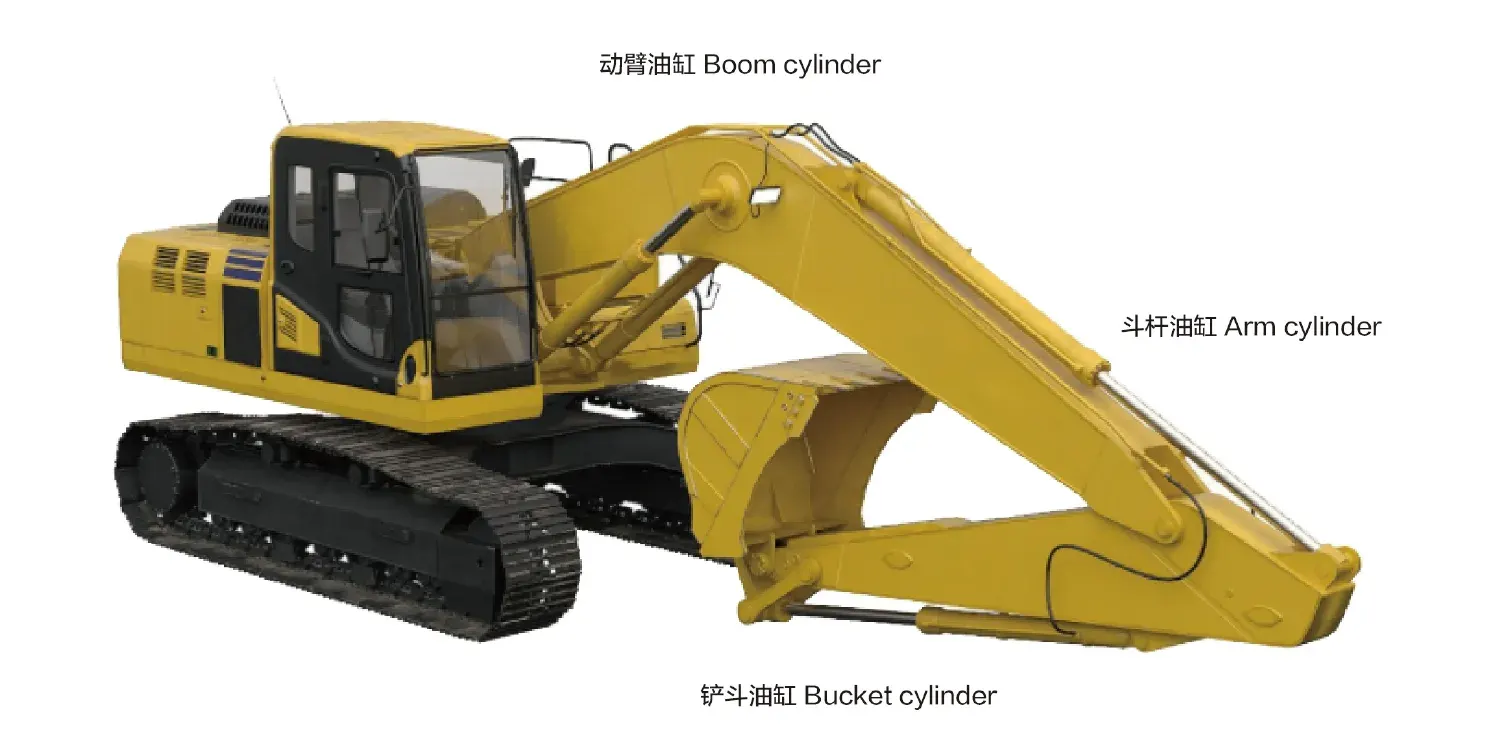
Features of the Boom Cylinder
- High Strength and Durability: Typically made from high-strength steel or aluminum, these cylinders can withstand high pressure and heavy loads, making them ideal for harsh working environments. The design considers wear resistance and corrosion resistance, extending their service life.
- Efficient Hydraulic Operation: Utilizing hydraulic fluid pressure allows for smooth extension and retraction, responding quickly to control commands while providing substantial pushing and pulling force suitable for handling heavy loads and complex tasks.
- Diverse Types: Boom cylinders come in single-acting (utilizing hydraulic force in one direction) or double-acting (utilizing hydraulic force in two directions) variants, accommodating various operational needs. Certain models are telescopic, allowing greater extension without increasing external dimensions, ideal for confined spaces.
- Custom Manufacturing: Our products can perfectly replace existing hydraulic cylinders, ensuring compatibility and performance.
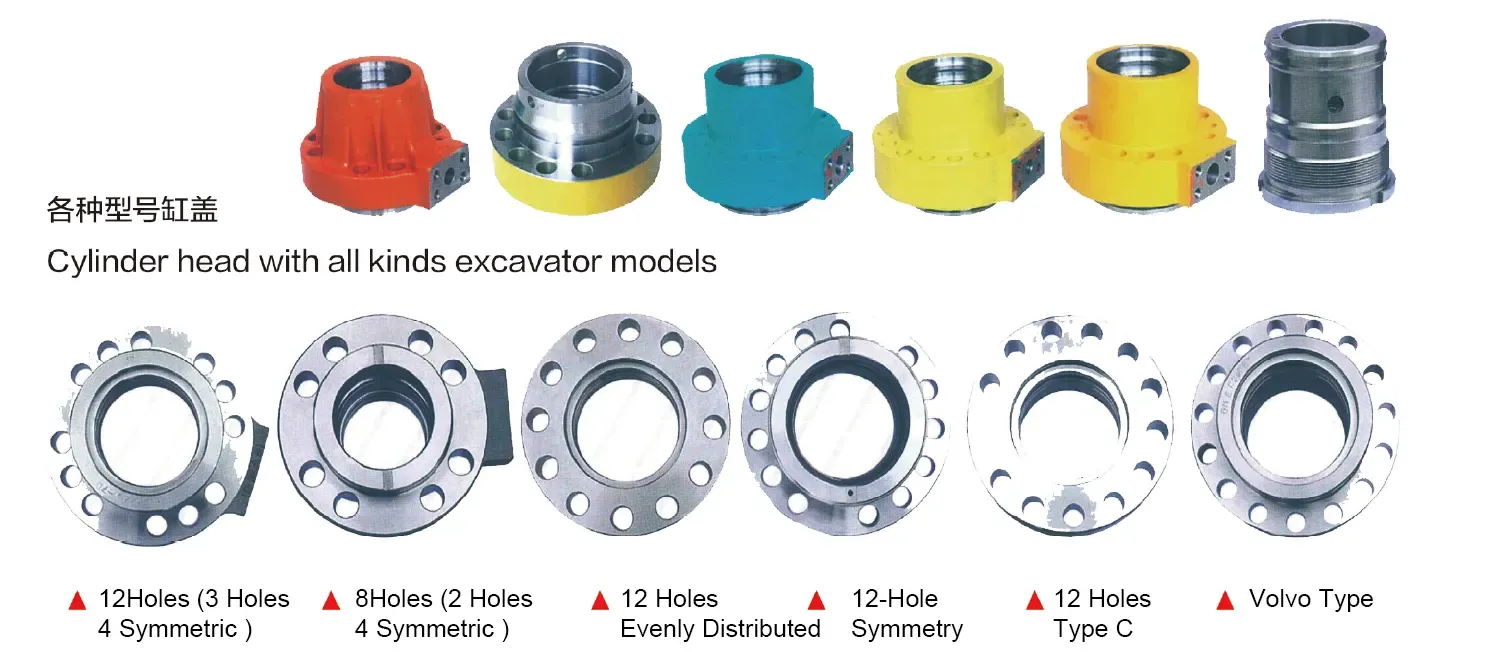
Applications of the Boom Cylinder
Construction Equipment
In excavators, boom cylinders are vital for digging, loading, and moving soil or debris. They facilitate both excavation and lifting, ensuring efficient operation on construction sites. The hydraulic system allows for precise control over the boom’s movement, enhancing productivity and safety in material handling tasks.
Agricultural Machinery
In front-end loaders, boom cylinders are used for scooping, lifting, and transporting soil, hay, and other materials. Their design enables smooth operation, crucial for agricultural processes. The ability to lift heavy loads greatly enhances productivity in farming tasks, making these cylinders indispensable in modern agriculture.
Excavators
In excavators, boom cylinders facilitate the digging action by allowing the bucket to penetrate the soil. They provide the necessary force to overcome soil resistance, enabling efficient digging and excavation. The hydraulic system’s effectiveness directly correlates with the boom cylinder’s performance, making it a key component in excavation tasks.
Loaders
In front loaders, boom cylinders assist in lifting and dumping materials effectively. Their ability to provide substantial lifting force allows for efficient loading and unloading processes, reducing the time and effort needed to complete tasks. These cylinders are essential for material handling in various loading applications.
Design Considerations and Selection Criteria
Load Capacity
The load capacity of a boom cylinder is a critical design consideration. It must be selected based on the maximum weight it will lift during operation. Manufacturers provide specifications, ensuring that the cylinder can withstand the operational loads without risk of failure. Understanding the load capacity is essential for safe and effective machinery operation.
Sealing Mechanisms
Effective sealing is crucial to prevent hydraulic fluid leakage, which can compromise the efficiency of the hydraulic system. High-quality seals, such as piston seals and rod seals, should be used, made from durable materials like polyurethane or nitrile rubber. Proper sealing enhances the longevity and reliability of the boom cylinder.
Durability
Durability is paramount in the design of boom cylinders, as they are exposed to harsh conditions and heavy use. Manufacturers focus on using corrosion-resistant materials and designing cylinders that can withstand abrasive environments. A durable design ensures that the cylinder performs effectively over time, reducing maintenance and replacement costs.
Safety Features
Incorporating safety features in boom cylinder design is essential, especially in heavy machinery operations. Safety valves, pressure gauges, and other safety devices help prevent accidents and ensure stable operation. Proper safety measures should be in place to protect operators and machinery during use.
Maintenance Accessibility
Designing boom cylinders for easy maintenance is vital for longevity and performance. Features such as accessible grease fittings and easily replaceable seals allow for routine maintenance without extensive downtime. Ensuring that maintenance can be performed quickly and efficiently is key to optimal cylinder performance.

Sealing and Lubrication of the Cylinder
Sealing and lubrication are critical to the effective operation of boom cylinders. Various seals, including piston seals and rod seals, are employed to maintain hydraulic fluid within the cylinder. Seals made from wear-resistant materials like polyurethane and nitrile rubber can withstand operational stresses and extend the life of the cylinder.
The cylinder body and threaded end surfaces are finely processed to enhance wear resistance, ensuring a tight seal and preventing leaks. Regular lubrication with hydraulic oil is necessary to maintain smooth operation and prevent wear, emphasizing the importance of a well-maintained lubrication schedule.
Regular Inspection and Preventive Maintenance Measures
- Regular Inspections: Conducting frequent inspections of the boom cylinder for signs of wear, leakage, or damage is crucial. Identifying issues early can prevent more significant problems down the line.
- Proper Lubrication: Ensuring that the cylinder receives appropriate lubrication on a routine basis is vital for its functionality. Use the right type of hydraulic oil and adhere to the recommended lubrication intervals.
- Seal Replacement: With time, seals can wear out and require replacement. Regular checks for seal integrity should be performed to maintain the cylinder’s performance and prevent fluid leakage.
Correct Installation Guidelines
Proper installation of the boom cylinder is essential for optimal performance. Begin by ensuring that all components are clean and free from debris. Align the cylinder correctly with the mounting points, using appropriate mounting brackets to secure it in place. Misalignment can lead to premature wear or failure.
Once aligned, tighten all bolts to the manufacturer’s specifications, ensuring a secure fit. After installation, conduct a test run to monitor the cylinder’s operation. It is crucial to check for any leaks or unusual noises, which could indicate an installation issue. Following these steps will help ensure a successful installation and extend the lifespan of the boom cylinder.
Maintenance Tasks and Their Importance
- Regular Inspections: Routine inspections help catch potential issues before they escalate. Checking for signs of wear or damage ensures that the boom cylinder operates smoothly.
- Appropriate Lubrication: Adequate lubrication is vital to reduce friction and wear. Using the recommended hydraulic oil and maintaining proper lubrication schedules will enhance cylinder longevity.
- Seal Replacement and Calibration Checks: Regularly replacing worn seals prevents hydraulic fluid loss and maintains efficiency. Calibration checks ensure that the cylinder operates within specified parameters, enhancing safety and performance.
Safety Considerations and Environmental Factors
When utilizing boom cylinders, implementing safety measures is crucial. Operators should be trained in the appropriate use of hydraulic equipment, adhering to safety protocols. Regular maintenance checks contribute to safe operation, reducing the risk of accidents. Furthermore, maintaining environmentally friendly practices, such as proper disposal of hydraulic fluids and ensuring no leaks occur, supports sustainability efforts in industrial operations.
Troubleshooting Common Issues
- Leakage: If hydraulic fluid is leaking, check the seals for wear and replace them as necessary. Ensure that all connections are tight and secure.
- Poor Performance: If the cylinder is not responding properly, inspect the hydraulic fluid level and check for air in the system. Bleeding the system may be necessary.
- Unusual Noises: If you hear grinding or clunking noises, it may indicate a misalignment or internal damage. Conduct a thorough inspection to identify and address the root cause.
Troubleshooting Tips and Preventive Measures
To effectively diagnose and resolve issues with boom cylinders, it is essential to perform regular maintenance. Keeping a log of inspections and repairs can help identify recurring problems. Additionally, training personnel in proper operation and maintenance techniques reduces the risk of human error, which is a common cause of hydraulic system failures. Implementing preventive measures, such as using high-quality components and ensuring proper installation, will help minimize potential problems.
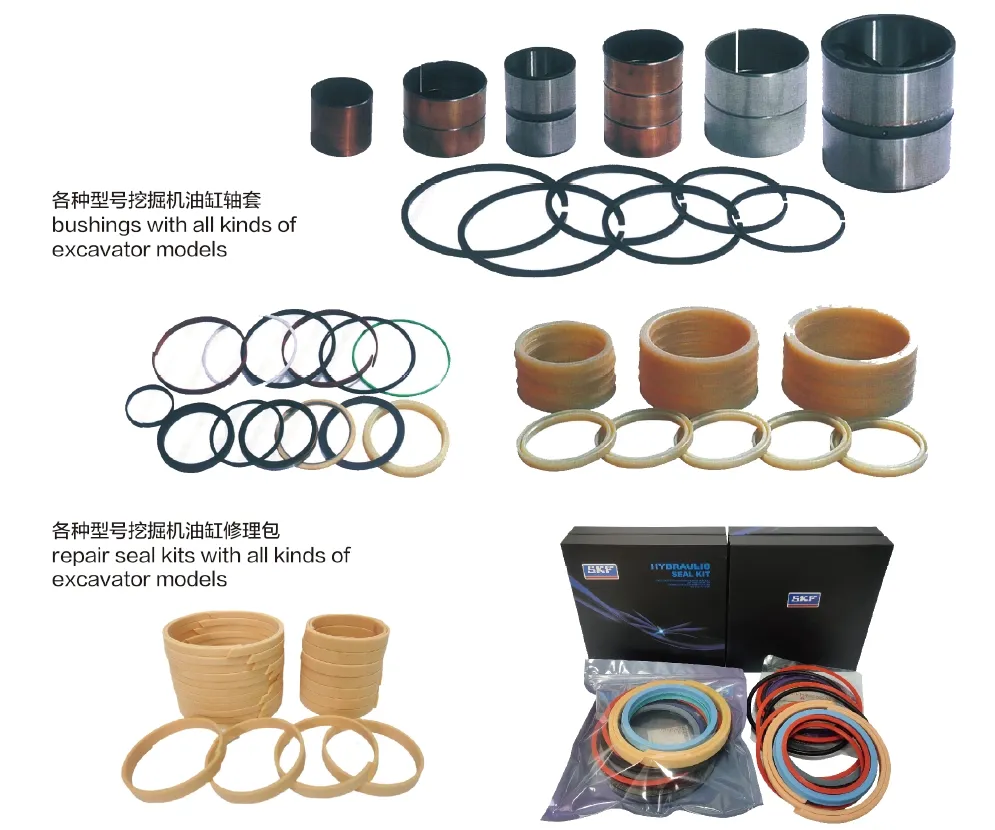
About Our Company
We are a leading manufacturer of replacement hydraulic cylinders, offering a wide range of products that have established us as one of the premier hydraulic cylinder manufacturers and wholesalers in both domestic and international markets. Our focus on exceptional quality is supported by a refined manufacturing strategy and the use of advanced technology, which enhances our production capabilities. We continuously strive to improve our manufacturing platform, ensuring that we meet diverse customer needs with high efficiency, precision, and quality.
Our company also emphasizes professionalism and international certification, providing customized services tailored to meet specific client requirements. With state-of-the-art production equipment and dedicated after-sales support, we are committed to delivering the best hydraulic solutions available.
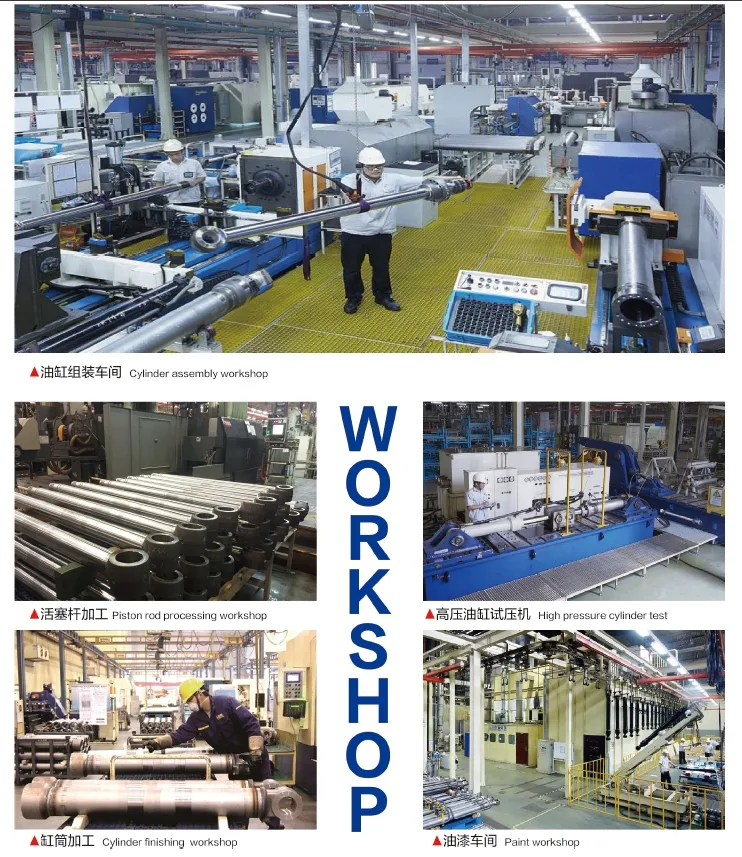
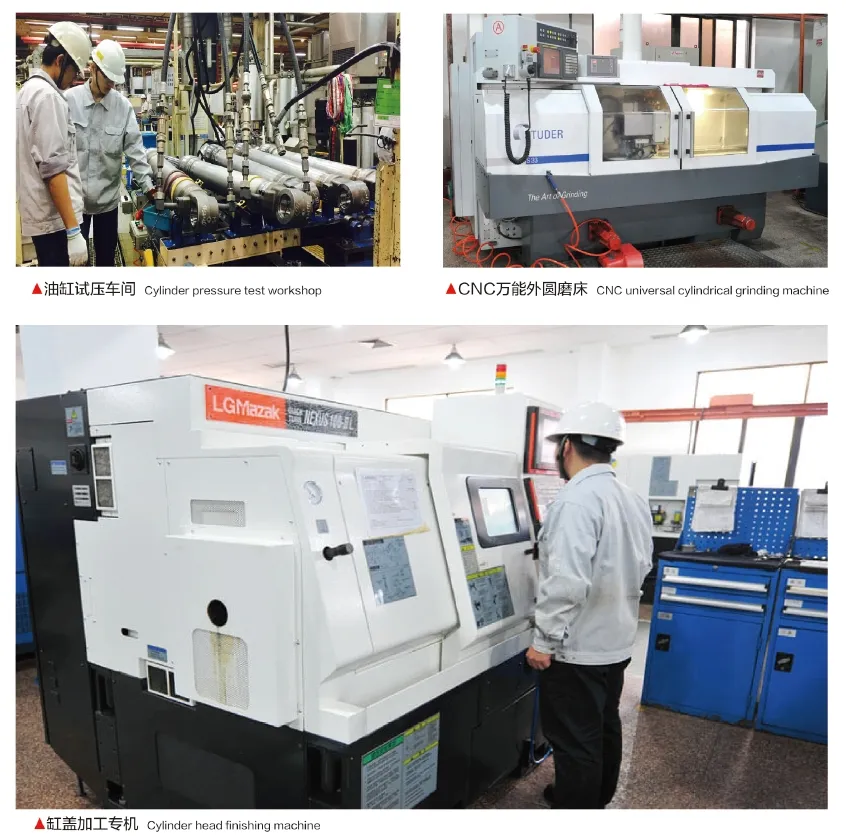
Author: lyl
Take a Tour of Our VR Factory:
Take a tour of our VR factory with the following
Hydraulic Cylinder Application:


